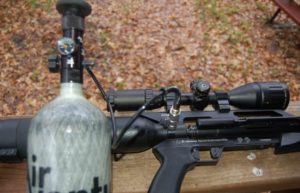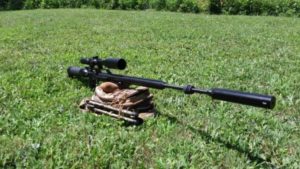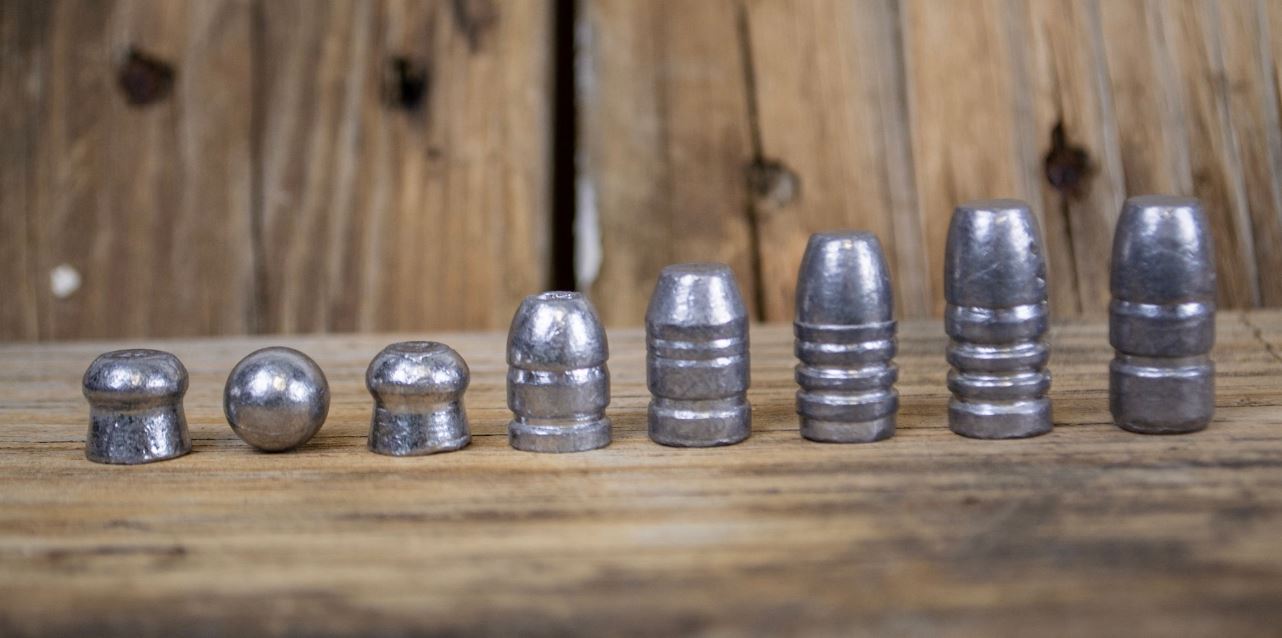I’m frequently asked to recommend a big-bore caliber airgun for newcomers to the sport. After trying just about everything on the market, I’ve developed a few viewpoints, one of which Air Gun Maniac‘ll discuss here.
One thing to keep in mind when talking about airgun calibers
One thing to keep in mind when talking about airgun calibers is that the same bullet or pellet will perform differently in different rifles. This is because the energy needed to drive the bullet is stored in the gun, and the velocity/energy of the rifle is influenced by a number of factors, including the fill pressure, hammer spring, and valving system. With a 147-grain hollowpoint bullet, I have a.357 rifle that produces 150 fpe, and another rifle that produces 250 fpe with the identical bullet. For the same reasons, increasing the caliber of a bullet does not always imply increased power.

With lighter, smaller caliber bullets, most PCP power plants, but not all, yield higher velocity. As a result, the shooting projectile is flatter. My preference is for a flatter shooting configuration unless there is a genuine requirement for very high energy. Anecdotally, I feel that many high-powered.357s penetrate better than the average.457, resulting in more power on target. Airguns, on the other hand, kill by producing a wound channel through crucial organs, rather than by delivering a massive hydrostatic shock like a rifle. That is a general guideline. You can acquire a similar trajectory if you adjust the velocity of a.457 to match that of a.357. However, few rifles in the.457 and.50 calibers achieve this. If I were solely going to use my huge bore air gun for big animals, I’d go with one of the powerful.457 weapons.
Most hunters moving into a big bore, on the other hand, want a gun that can be used for multiple species. They may mostly use it for predator hunting and occasionally use it for deer or pigs. I’ve had terrific success with the.357 in a high-power platform � the AirForce Texan.357 � for multi-species hunting. This rifle is available in calibers of.257,.308,.357, and.457. I own all of them, have used them all, and believe they are all excellent hunting rifles in different situations. The.257 is excellent for long-range varmints like prairie dogs, as well as predators. The.308 is a good choice for devoted predator hunters, while the.457 is a suitable choice if you simply intend to use the rifle for larger game hunting.
The AirForce Texan.357 rifle accurate and offers excellent terminal performance
In my experience, the.357 is the true �multi-species� firearm. On deer and hog-sized animals, it shoots very flat, is hard striking, and has strong terminal performance. With this setup, I’ve taken fox, coyote, turkey, javelina, deer, and hogs, and it’s performed admirably. When you’re shooting a fox out to 120 yards, you’ll appreciate the flat trajectory and accuracy. The penetration is what sticks out when shooting a difficult, large-bodied boar at 40 yards.
The AirForce Texan.357 rifle and carbine are both available. Mine is a crossbreed. It started out as a rifle, but I had Airguns of Texas cut down the barrel, recrowned it, and fitted it with a suppressor (AOT). The bullet I’m using is the Devastator, an Aero Magnum 128-grain hollowpoint. It was created specifically for the Texan, and it is accurate and offers excellent terminal performance. The guys at AOT also used the Texan’s power adjustment feature to fine-tune my rifle for this bullet, balancing power, accuracy, variability, and shot count. This adaptability in a best PCP air rifle is appealing to me since it allows control to be tuned for different bullets and applications, similar to how handloading for firearms works.

In the Field: Texas
I took this rig deer hunting in Texas a few months back. I hadn’t spotted the deer I planned to kill on the first day and was about to leave the blind when a pair of Rio Grande gobblers came into range. I took the broadside shot at 65 yards, hitting low and forward like a bow hunter. The bird took off straight into the air, flew a few yards, and then died on the ground. It was a smooth passage with minimal meat injury.
I still hadn’t seen the appropriate buck a few days later, but I needed meat for the freezer, so I slaughtered a doe. I tagged a huge, adult doe broadside at 65 yards with the identical rifle/bullet combination. A crisp pass through once more; the deer dropped after a 25-yard dash and was dead on approach. We went out calling the last night of my vacation and shot a couple of foxes, one of which hung up at around 100 yards. My rig’s accuracy allowed me to hit the target with a head shot. These are only a few examples, but they reflect the type of outcomes I’ve been seeing on a regular basis.
But it was the outcome of a hunt I went on last night that really pleased me and convinced me that the.357 was the greatest all-around option for a one-gun hunter. I was back in Texas for my season’s second (and final) javalina. I’d gone stink pig hunting on a friend’s property in Pecos County, but despite seeing a couple of stink pigs, I didn’t get a shot.
